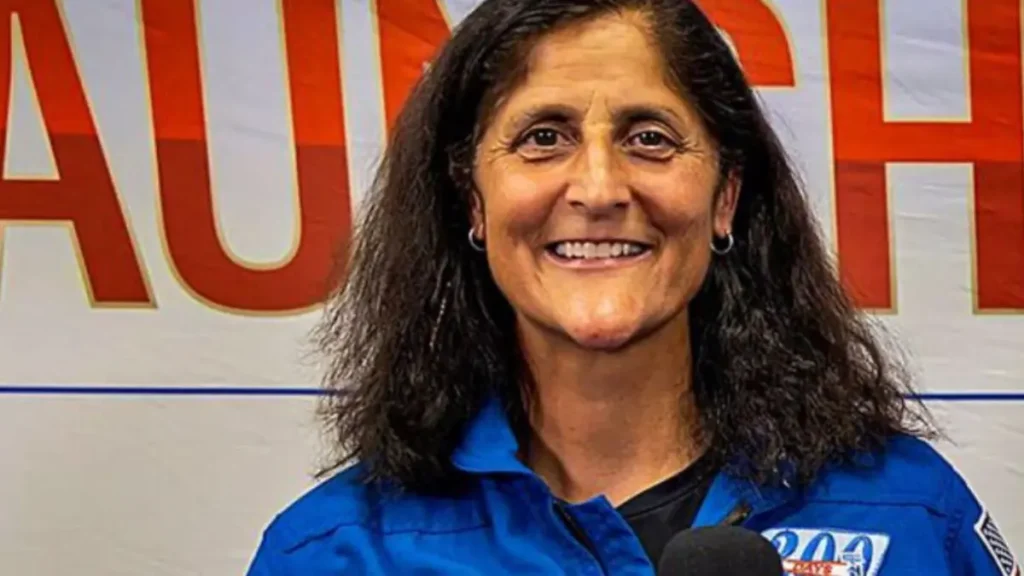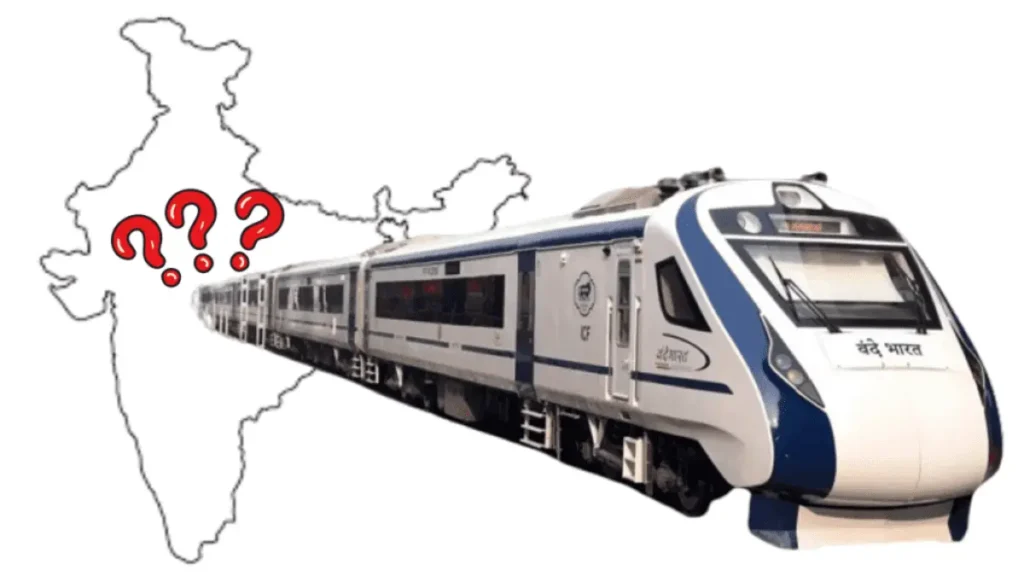Two veteran NASA astronauts, Sunita Williams and Barry “Butch” Wilmore, locate themselves in an sudden scenario – an extended live aboard the International Space Station (ISS).
Their project, released on Boeing’s Starliner spacecraft on June five, 2024, became to start with deliberate for a fast 9-day turnaround. However, a couple of technical system faults with the Starliner have forced NASA to postpone their go back, raising concerns about the spacecraft’s reliability.
Starliner’s Rocky Journey Leads to Extended Stay for Astronauts
The supply of the trouble lies inside the Starliner’s propulsion device. Engineers have diagnosed 5 leaks in the helium strains that pressurize the system, in conjunction with malfunctions in five of the spacecraft’s thruster rockets. These important issues were determined during the initial leg of the journey, raising crimson flags for task manage.
To ensure astronaut protection and allow engineers enough time for troubleshooting, NASA has made the difficult decision to delay the return flight.
This extends Sunita Williams and Butch Wilmore’s live on the ISS with the aid of as a minimum 3 weeks.
While the astronauts themselves are educated for prolonged missions, the situation puts a spotlight at the Starliner program’s struggles.
Starliner’s Third Attempt, Third Setback
The Starliner undertaking is part of NASA’s Commercial Crew Program, a public-private partnership aimed toward revitalizing American human spaceflight abilties after the retirement of the gap shuttles in 2011. However, Boeing’s adventure with Starliner has been a long way from easy.
Their first uncrewed check flight in 2019 suffered a software malfunction that sent the spacecraft into an incorrect orbit.
A second try faced delays because of fuel valve troubles. This modern assignment marks this system’s 0.33 attempt to correctly ferry astronauts to the ISS.
Sunita Williams, a seasoned astronaut with widespread enjoy at the ISS, surely possesses the competencies and adaptableness to handle this surprising scenario.
However, the Starliner’s repeated technical troubles increase questions on the program’s readiness for routine astronaut transportation. With the group’s protection paramount, a radical investigation and determination of these issues are important before Starliner may be deemed absolutely operational.


